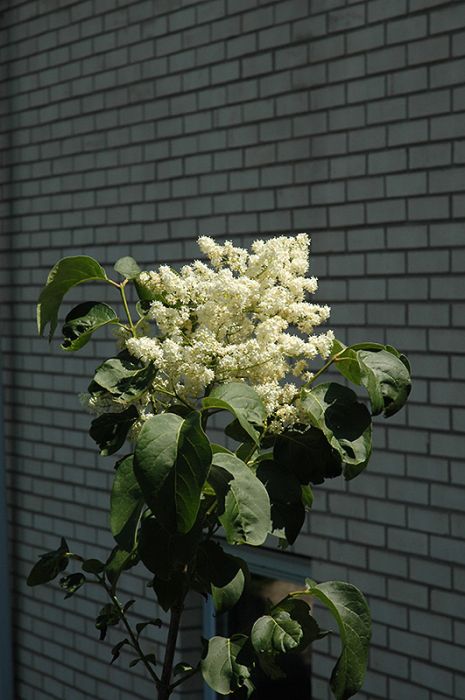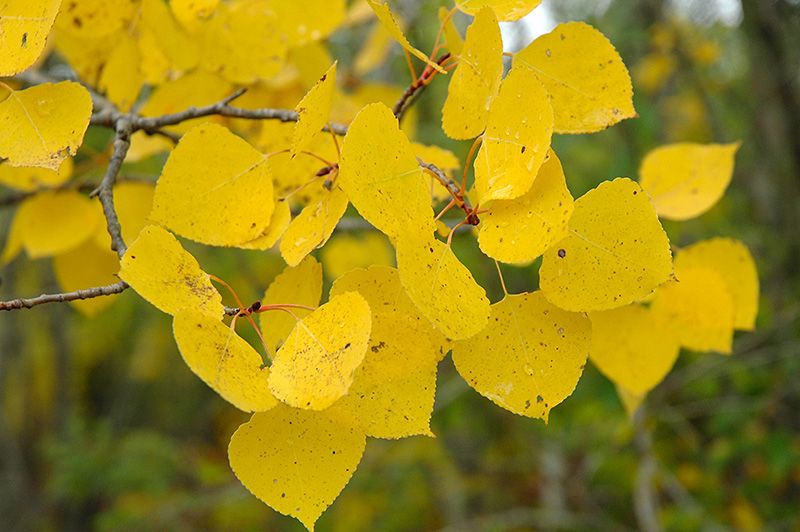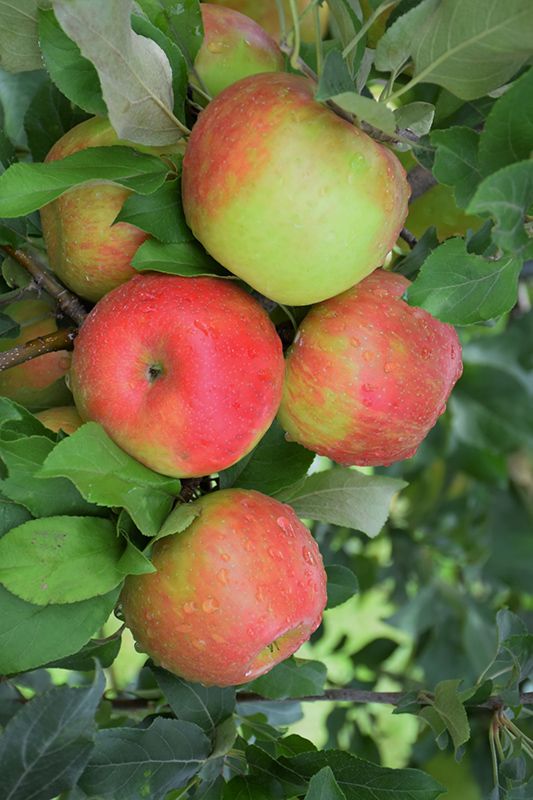Syringa, Japanese Lilac Tree 'Snowcap™'



Out of stock
Coming soon, still growing- Sun Preference
- Full-Sun
Description
A compact form of Japanese tree lilac with abundant flower panicles, uniform habit, and dark green leaves.
Minnesota's Largest Selection of Trees
At Minnesota's Destination Garden Center, we offer a diverse range of trees to suit any landscaping need. Whether you're looking for shade trees to cool your home or ornamental trees to add beauty and interest, you'll find the perfect tree at Gertens. Our knowledgeable staff can help you select the right tree for your space and provide tips for care and maintenance. Visit Gertens today and explore the unmatched variety of trees to enhance your outdoor environment!
Details
Snowcap™ Japanese Tree Lilac | Syringa reticulata 'Elliott'
Height: 20 feet
Spread: 15 feet
Sunlight: full sun
Hardiness Zone: 3a
Other Names: Elliott Japanese Tree Lilac
Description:
A first rate accent tree adorned with frothy upright panicles of creamy white flowers in early summer; interesting steel-gray bark and a dense, upright habit; an ideal choice for small home landscapes; needs full sun and well-drained soil
Ornamental Features
Snowcap™ Japanese Tree Lilac features showy plumes of fragrant creamy white flowers rising above the foliage from late spring to early summer. It has dark green deciduous foliage. The pointy leaves do not develop any appreciable fall color. The smooth gray bark adds an interesting dimension to the landscape.
Landscape Attributes
Snowcap™ Japanese Tree Lilac is a dense multi-stemmed deciduous tree with an upright spreading habit of growth. Its average texture blends into the landscape, but can be balanced by one or two finer or coarser trees or shrubs for an effective composition.
This tree will require occasional maintenance and upkeep, and should only be pruned after flowering to avoid removing any of the current season's flowers. It is a good choice for attracting butterflies to your yard, but is not particularly attractive to deer who tend to leave it alone in favor of tastier treats. It has no significant negative characteristics.
Snowcap™ Japanese Tree Lilac is recommended for the following landscape applications;
- Accent
- Shade
Planting & Growing
Snowcap™ Japanese Tree Lilac will grow to be about 20 feet tall at maturity, with a spread of 15 feet. It has a low canopy with a typical clearance of 5 feet from the ground, and is suitable for planting under power lines. It grows at a medium rate, and under ideal conditions can be expected to live for 40 years or more.
This tree should only be grown in full sunlight. It prefers to grow in average to moist conditions, and shouldn't be allowed to dry out. It is not particular as to soil type or pH. It is highly tolerant of urban pollution and will even thrive in inner city environments. This is a selected variety of a species not originally from North America.
More Information
| Tree Type | Shade & Ornamental |
|---|---|
| Sun Preference | Full-Sun |
| Mature Height (Range) | 15 - 25 feet |
| USDA Hardiness Zone | 3, 4, 5, 6, 7, 8 |
| Common Family Name | Lilac |




